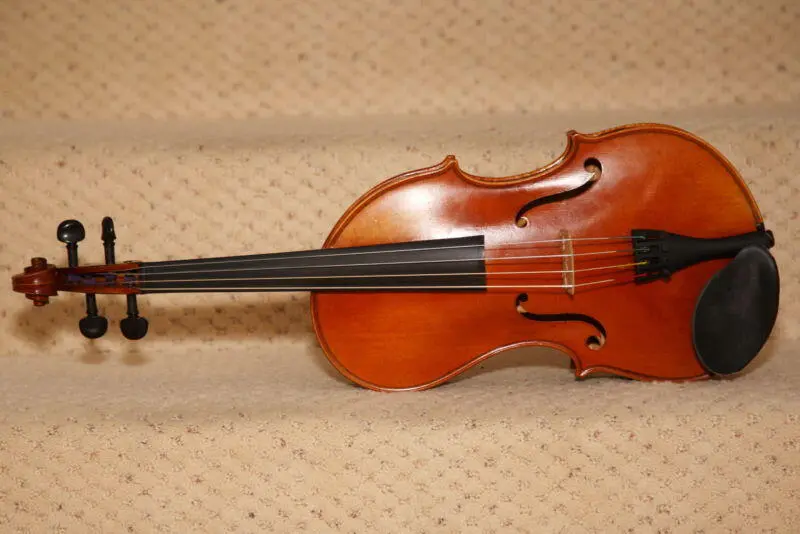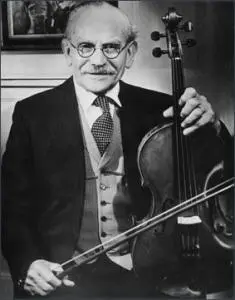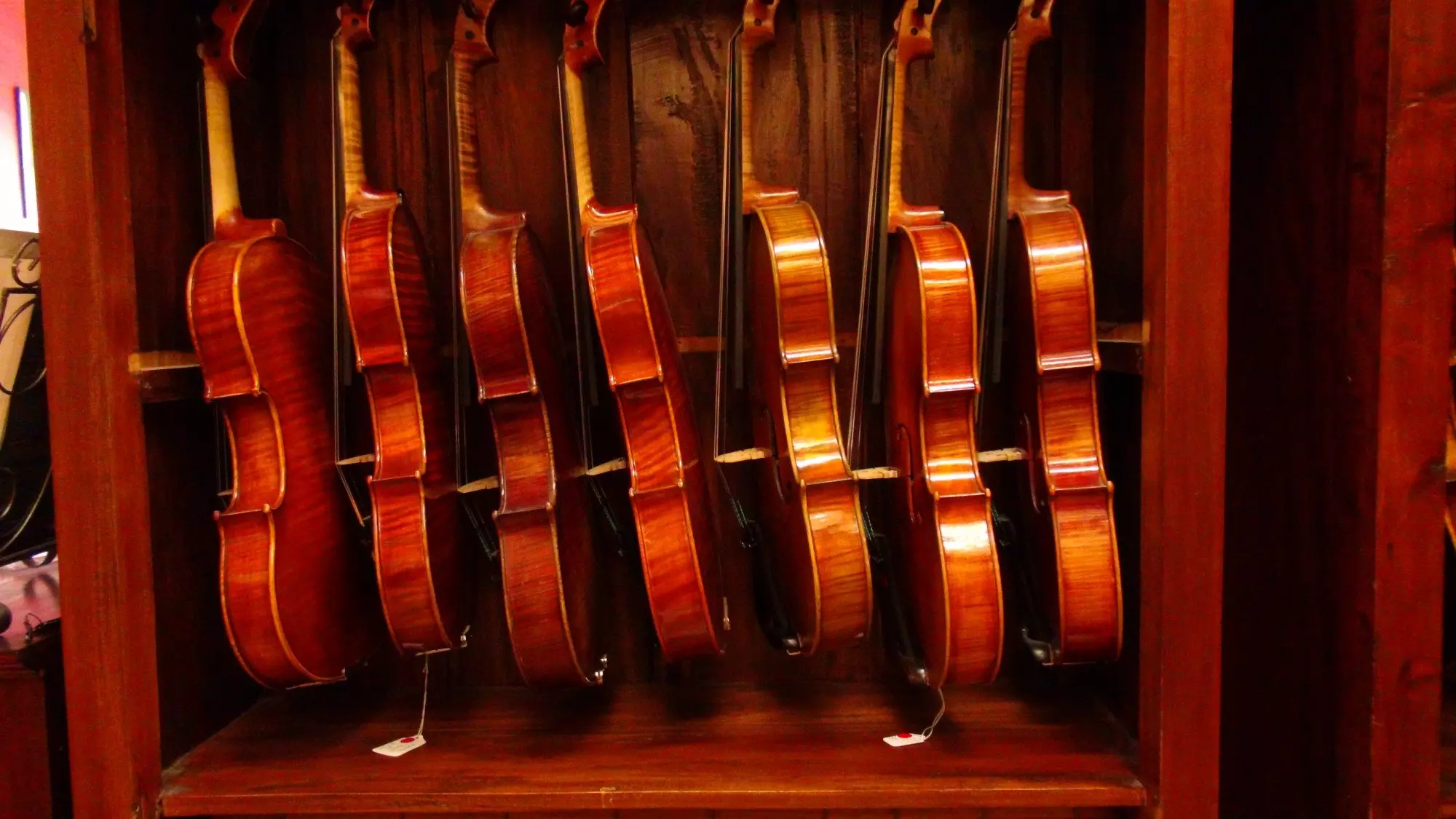Viola
- Home
- Viola
About Viola
The middle sibling of the Violin family, the Viola should not be overlooked. It sits between the Violin, which is tuned a perfect fifth above it, and the Cello which is tuned an octave below it. From a composition standpoint the Viola is something of an anomaly in that it employs the alto clef rather than the more common treble. In circumstances when employed in a larger ensemble or orchestra performing pieces written in a higher register it will then utilize the treble clef. Despite this the viola enjoys a major role in orchestral music, and in the earlier part of the 20th century many composers began writing for the viola. This trend was supported by the rise to prominence of soloists like Lionel Tertis who continued to support its recognition as an instrument full of vitality.
There are many similarities from a construction standpoint to the violin, but with a few important distinctions. There is no standard sizing for the full sized model, compared to the more rigid guidelines for the violin and cello. As a rule the ribs of the instrument (the dividing space between the back and the front) are larger in order to achieve the desired sound. Experimentation in construction has been ongoing since its conception. For example German Viola player and music historian Hermann Ritter used a Viola Alta measuring nineteen inches which he intended to employ in Wagner’s operas. Lionel Tertis used a variant model also, with deeper ribs and wider bouts. Other experiments changed the size of the body in order to emulate a deeper tone, closer to that of the Cello. Recent innovations include a wide variety of changes, such as the Otto Erdesz “cutaway” Viola (shown below), which has one shoulder cut out to make shifting to higher notes easier.

Others such as “Oak Leaf” Viola (which has two extra bouts) and Bernard Sabatier’s Violas in fractional sizes, one which is shown below.

Two men have further the exposure and development of the Viola more than any others in this century. The first, Lionel Tertis was a initially a violinist but changed to the Viola after his principal at the Royal Academy in London recommended it. The rest as they say is history.

Lionel Tertis
Quickly becoming one of best known players of his time, he was an accomplished soloist who toured both Europe and the United States. Interestingly he was the owner of a fabulous 1717 Montagnana for a brief time but found it difficult to either transport and play – it was sized at a huge seventeen inches! This initial frustration however lead to the creation of his own variant on the instrument. With the assistance of master craftsman Arthur Richardson, managing to be slightly smaller (sixteen and three quarter inches) yet retain the deeper tones of which he was so fond.

Lionel Tertis and Arthur Richardson (holding the Viola)
The second man, Richard Primrose followed in the footsteps of Tertis and continued to blaze a trail for other to follow in their wake. Similarly to Tertis, he played the Violin until he was encouraged to change to the Viola. It was to be a defining moment in his life, as he later recounted “When I am playing the viola, I feel a sense of oneness with the instrument that I never felt when playing the violin.” In addition to his stature as a soloist, he strove to further develop and teach the instrument which he so dearly loved. He commissioned a concerto specifically for the Viola from the noted composer Béla Bartók. Tragically dying before its completion, Primrose encouraged Bartok’s apprentice Tibor Serly to complete it. It was to take an additional four years, but became both the masterwork of Serly’s career and one of the most widely performed Viola pieces. He had a prolific teaching career, holding posts at many of the world finest university faculties. As critic Olin Downes was to say he was simply “a master- a poet and dramatist of his instrument”.
In closing, like some other instruments (the drums for example) there are a few amusing and some cruel jokes about the Viola. “What is the difference between a viola and an onion? No one cries when you chop up a viola”. There is a grain of truth to this jibe, due to the lack of high level players at an orchestral and concert level there is often a practice of asking musicians to “punch above their weight”. Considering this however, its hardly an indictment against the Viola but a call for more students to take up the study of this nuanced and powerful instrument.

